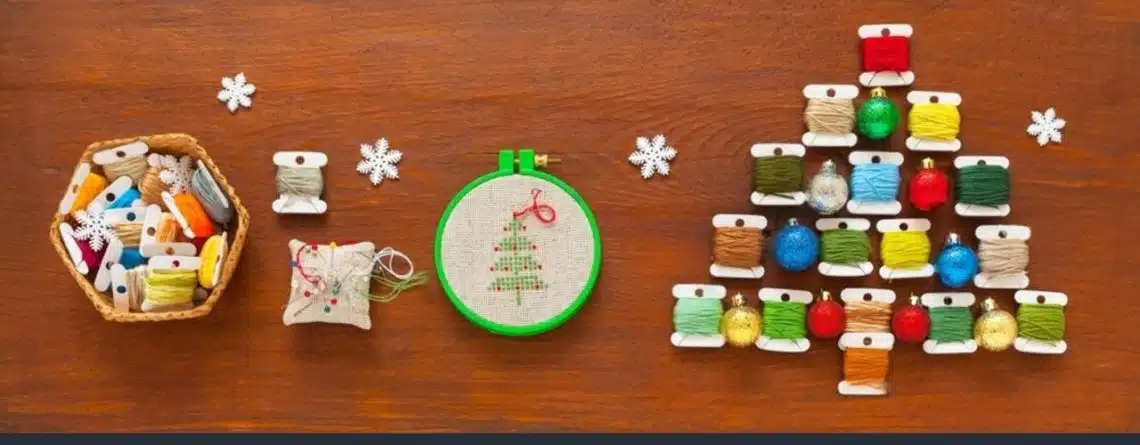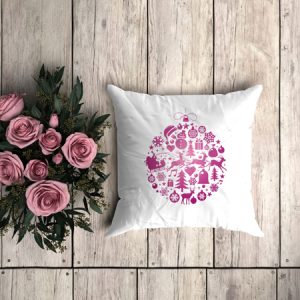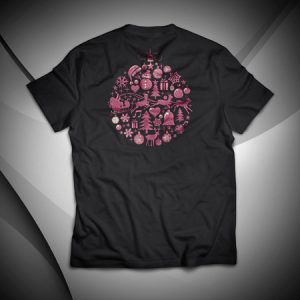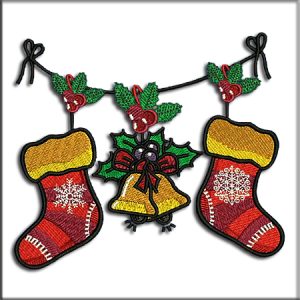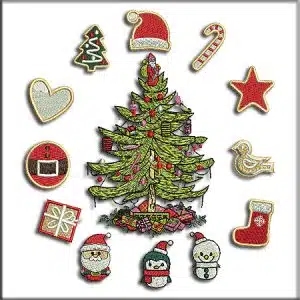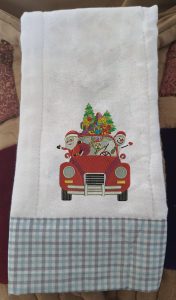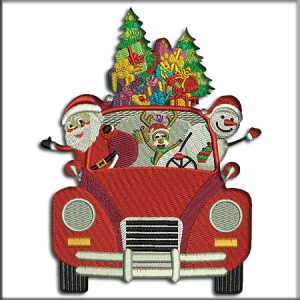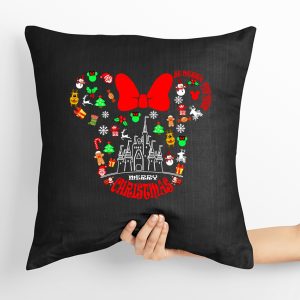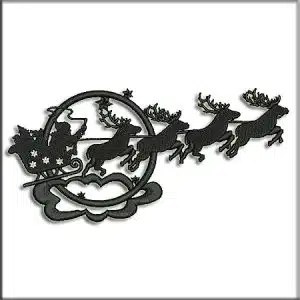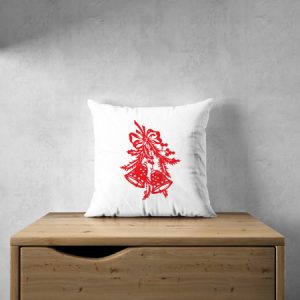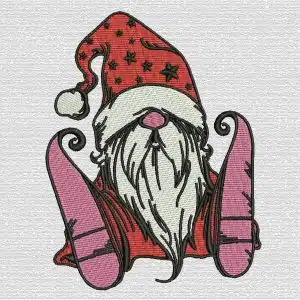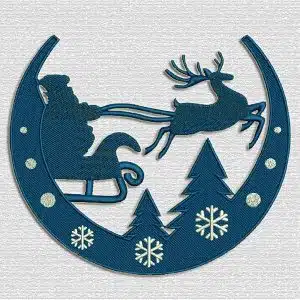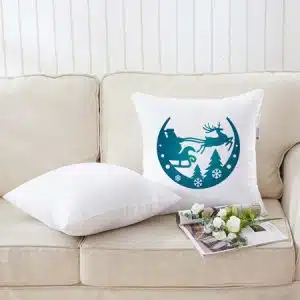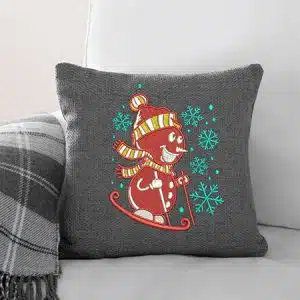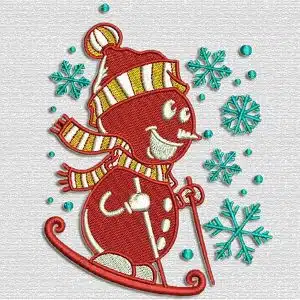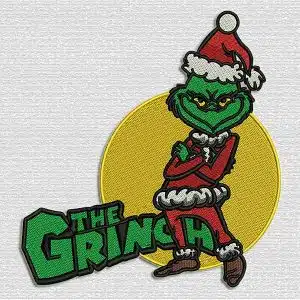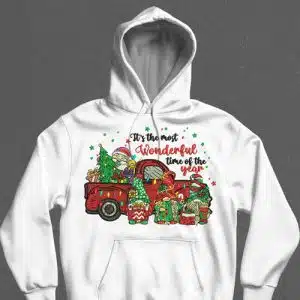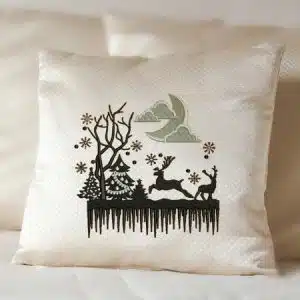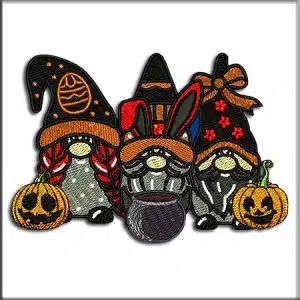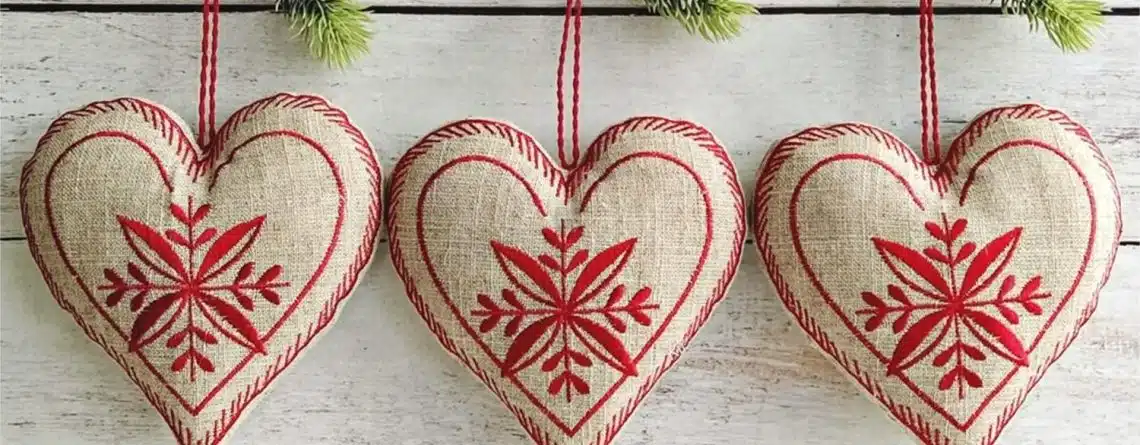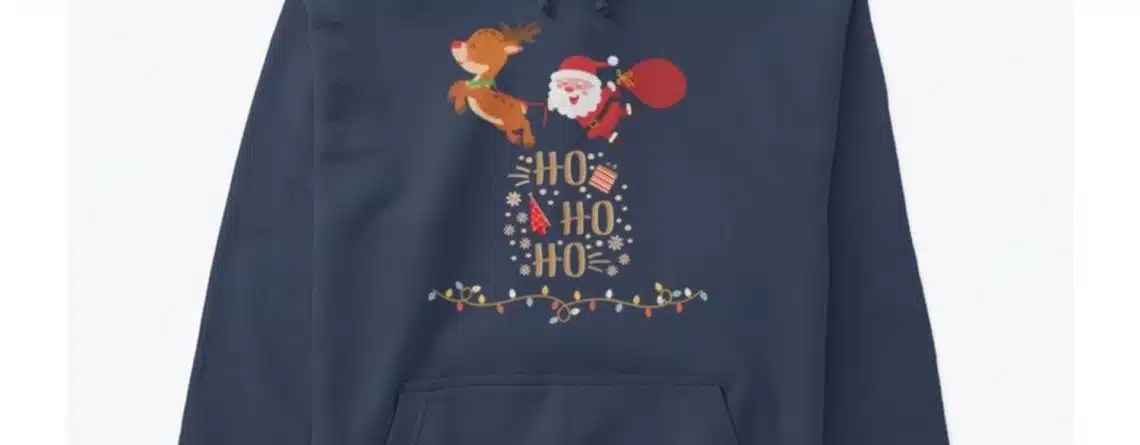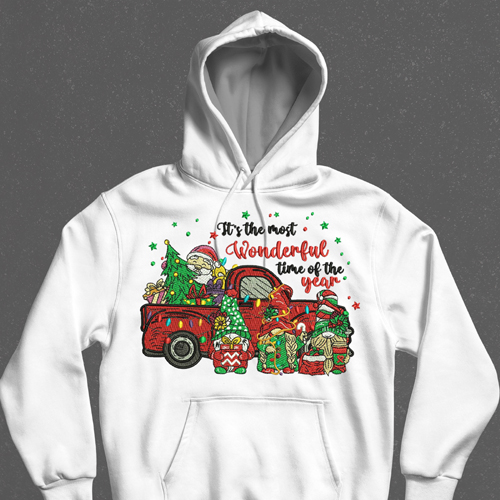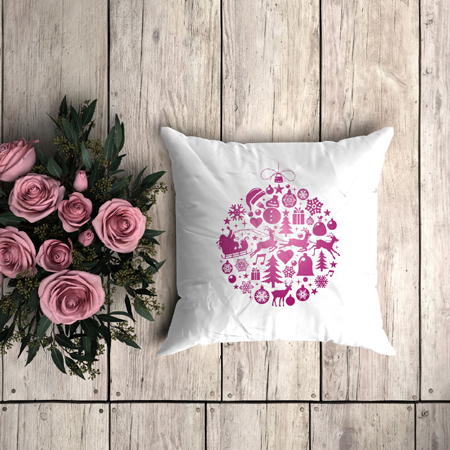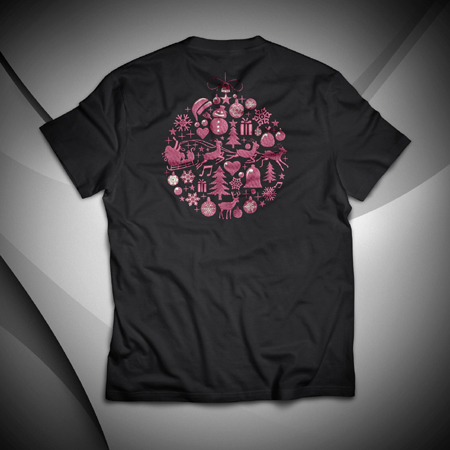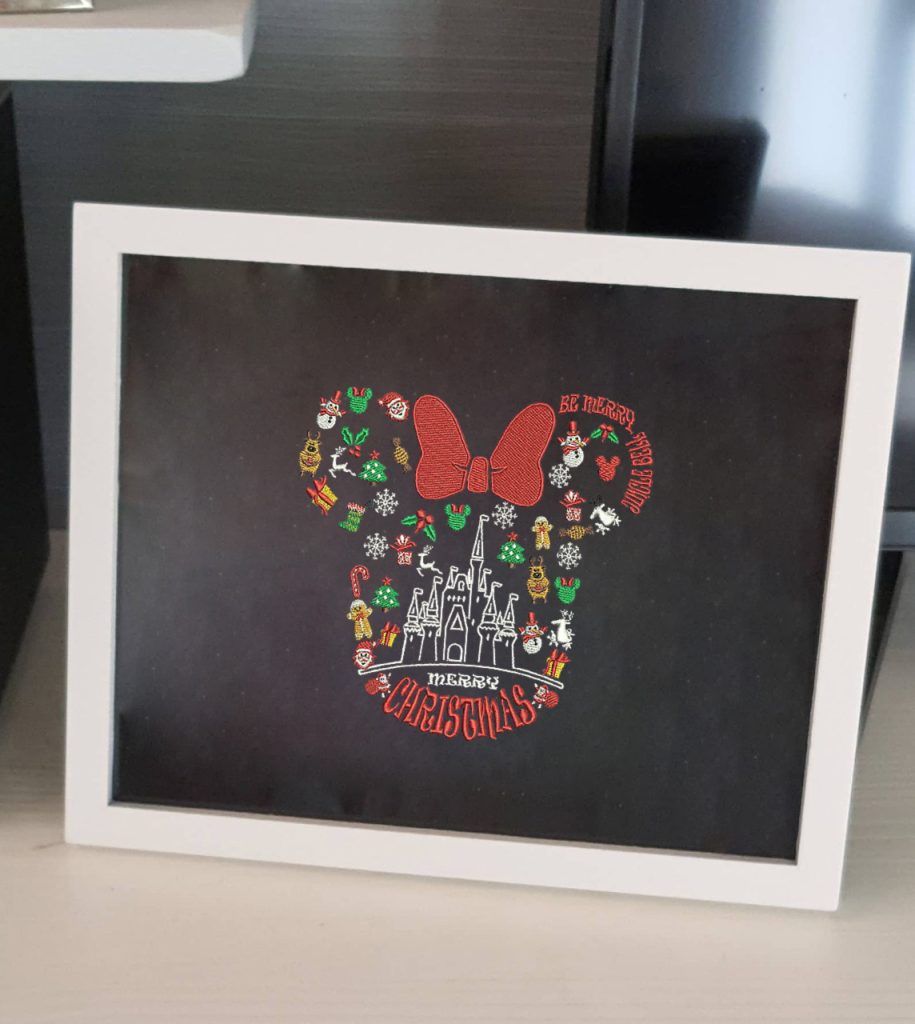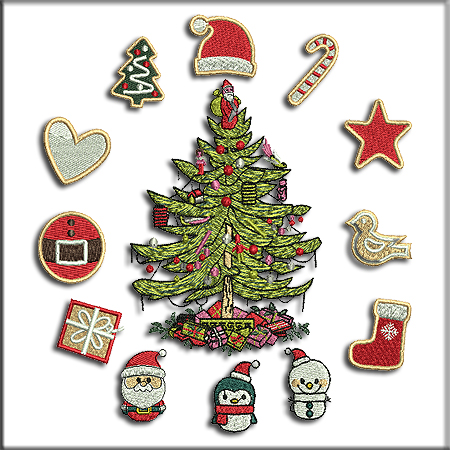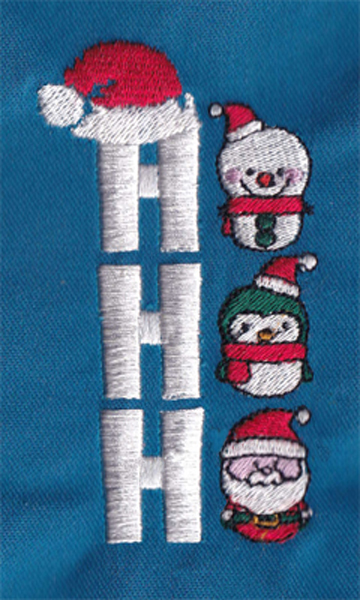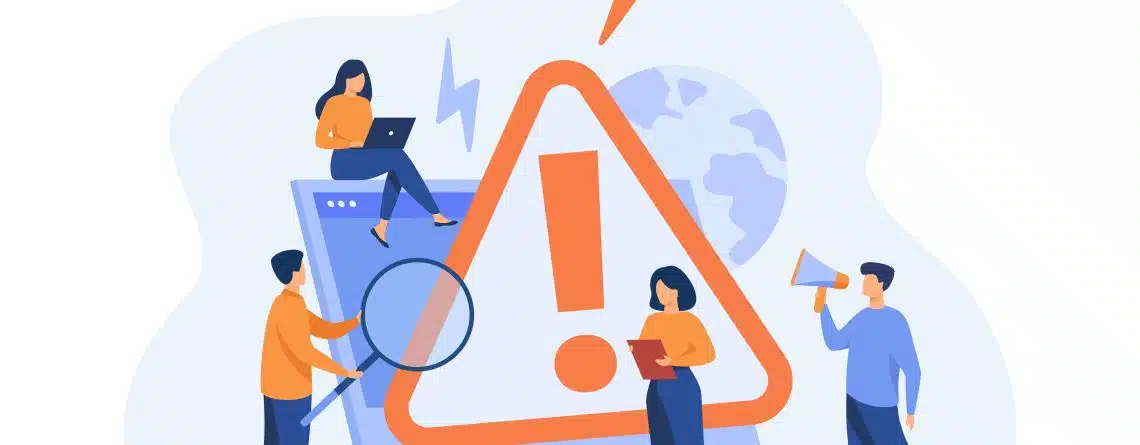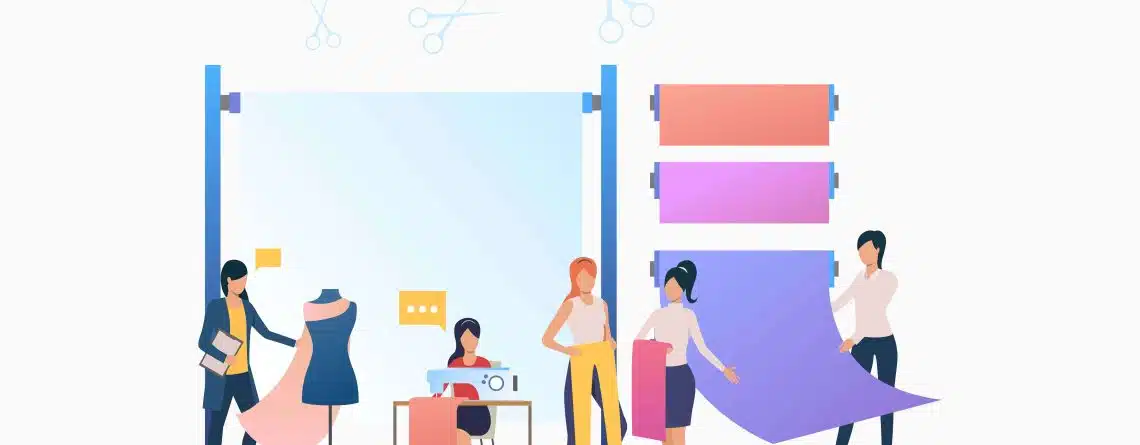Best Christmas Embroidery Patterns for Beginners in 2025
Are you new to embroidery and want to create beautiful Christmas designs? There's no need to feel intimidated by complex patterns! Starting with beginner-friendly Christmas embroidery designs helps you build skills while creating stunning holiday projects. This guide will teach you the best patterns for newcomers based on simplicity, visual impact, and learning value.
Best Christmas Patterns for Beginners in 2025
Make sure you start with these beginner-friendly designs from NKEMB to build your skills:
1. Christmas Ball Ornaments
- Simple ornament shapes with basic fill stitches create recognizable holiday decorations.
-
The Christmas Ball design uses clean lines perfect for learning fundamental techniques.
-
Round shapes teach proper circular fill stitching without complex details or elements.
2. Christmas Bells
-
Classic bell shapes introduce curved outlines and simple fill patterns effectively.
-
The Christmas Bell pattern includes basic bows and minimal detail for easy learning.
-
Two or three colors teach color management without overwhelming new embroiderers.
3. Christmas Trees
- Triangle-shaped trees with basic fill stitches create instantly recognizable symbols.
-
The Christmas Tree design offers straightforward geometric shapes perfect for beginners.
-
Add simple star toppers for visual interest without increasing difficulty significantly.
4. Christmas Cars
-
Festive vehicle designs combine simple geometric shapes with holiday decorative elements.
-
The Christmas Car pattern teaches straight lines and basic composition skills.
-
Vehicles offer great practice for combining multiple simple shapes into complete designs.
5. Christmas Mickey Mouse
- Licensed character designs teach recreation of recognizable shapes and proportions accurately.
-
Christmas Mickey uses simplified character styling perfect for beginner embroiderers.
-
Familiar characters motivate learners while teaching fundamental digitizing principles effectively.
6. Christmas Reindeers
- Cartoon reindeer designs teach animal character basics with simplified features and shapes.
-
The Christmas Reindeers pattern uses friendly, approachable styling for easy stitching.
-
Basic antlers and faces introduce organic shapes without excessive complexity or detail.
7. Jingle Bells with Florals
- Basic bell shapes combined with simple leaf elements introduce composition basics.
-
The Jingle Bell pattern teaches multiple element coordination in one design.
-
Minimal details keep the design manageable while looking festive and complete.
8. Mr. (Snowman)
-
Cartoon-style snowman faces with simple features teach character design fundamentals.
-
The Mr. Snow design uses basic circles and minimal facial details perfectly.
-
Friendly expressions make these forgiving designs that still look charming when finished.
9. Santa Face Designs
- Simple Santa faces introduce character embroidery without overwhelming complexity or detail.
-
The Santa pattern features basic shapes for hat, face, and beard elements.
-
Limited color palette keeps thread changes manageable for learning embroiderers easily.
10. Santa On The Way
- Scene-based designs introduce storytelling through simple combined elements and composition.
-
Santa On The Way creates visual narrative with basic shapes and movements.
-
Multiple elements teach planning and placement without overwhelming technical complexity.
11. Simple Snowman
- Basic snowman designs with minimal accessories teach fundamental character building skills.
-
The Snowman pattern offers clean shapes perfect for mastering fill stitches.
-
Simple features allow focus on proper density and smooth stitch execution.
12. Snowman with Broom
- Snowman holding accessories introduces prop integration and multi-element coordination naturally.
-
The Snowman Broom design adds one simple prop without excessive complexity.
-
Teaches spatial relationships between character and held objects effectively.
13. The Grinch
- Popular character designs motivate learners with recognizable and beloved holiday figures.
-
The Grinch pattern uses simplified cartoon styling ideal for beginner skill levels.
-
Expressive faces teach basic emotion through minimal feature adjustments and details.
14. Three Christmas Gnomes
- Multiple character compositions teach layout planning and element spacing fundamentals.
-
Three Christmas Gnomes pattern introduces repetition with slight variations between figures.
-
Simple gnome shapes with basic hats create charming designs without overwhelming detail.
15. Winter's Love
- Romantic holiday themes combine simple elements into cohesive seasonal compositions.
-
Winter's Love design teaches combining characters with decorative elements smoothly.
-
Heart motifs and basic character shapes create sentimental beginner-friendly patterns.
16. Halloween Gnomes (Adaptable Style)
- Gnome patterns teach transferable skills applicable to Christmas and other seasonal designs.
-
Similar construction methods apply across holiday themes for versatile learning opportunities.
-
Simple body shapes with varying hat styles demonstrate pattern adaptation techniques.
17. Christmas Wreath (If Available)
-
Circular wreath designs introduce curved stitching and symmetrical pattern construction fundamentals.
-
Basic bow and leaf elements teach organic shape combinations without complexity.
-
Perfect for practicing even density around circular forms and shapes.

